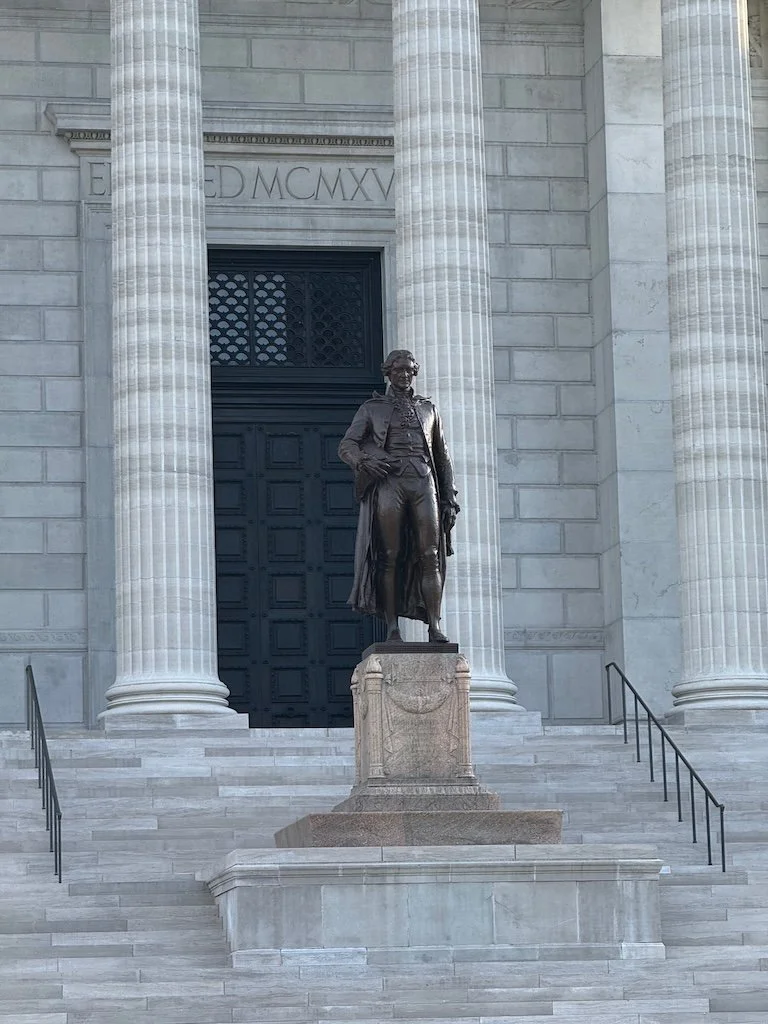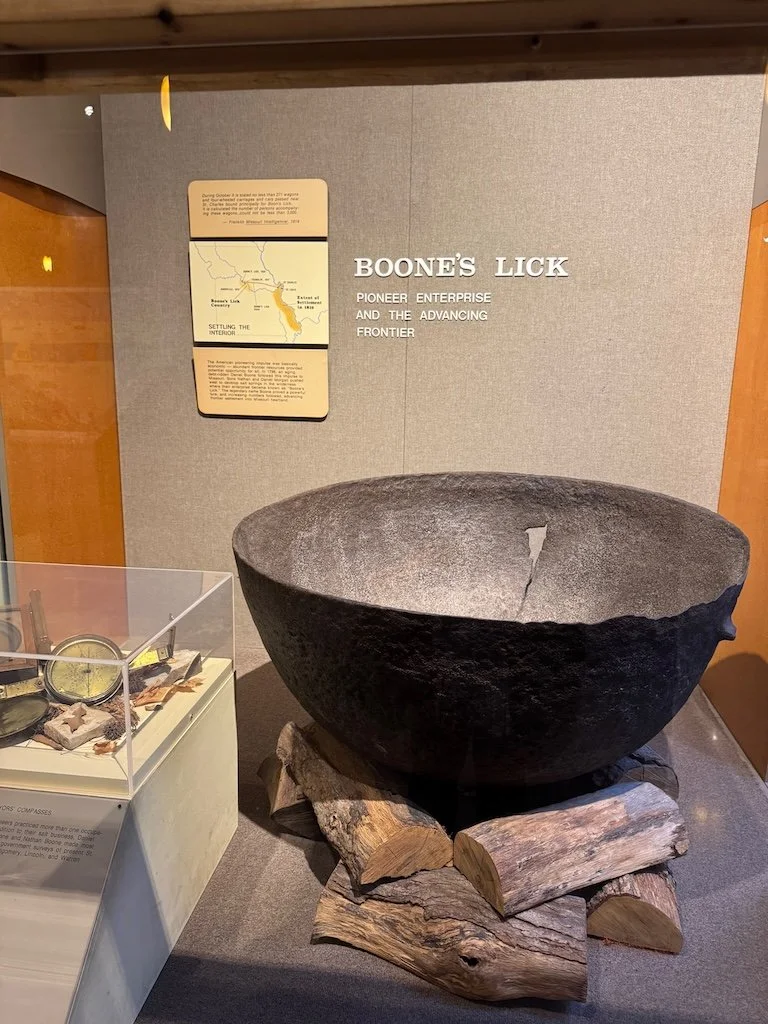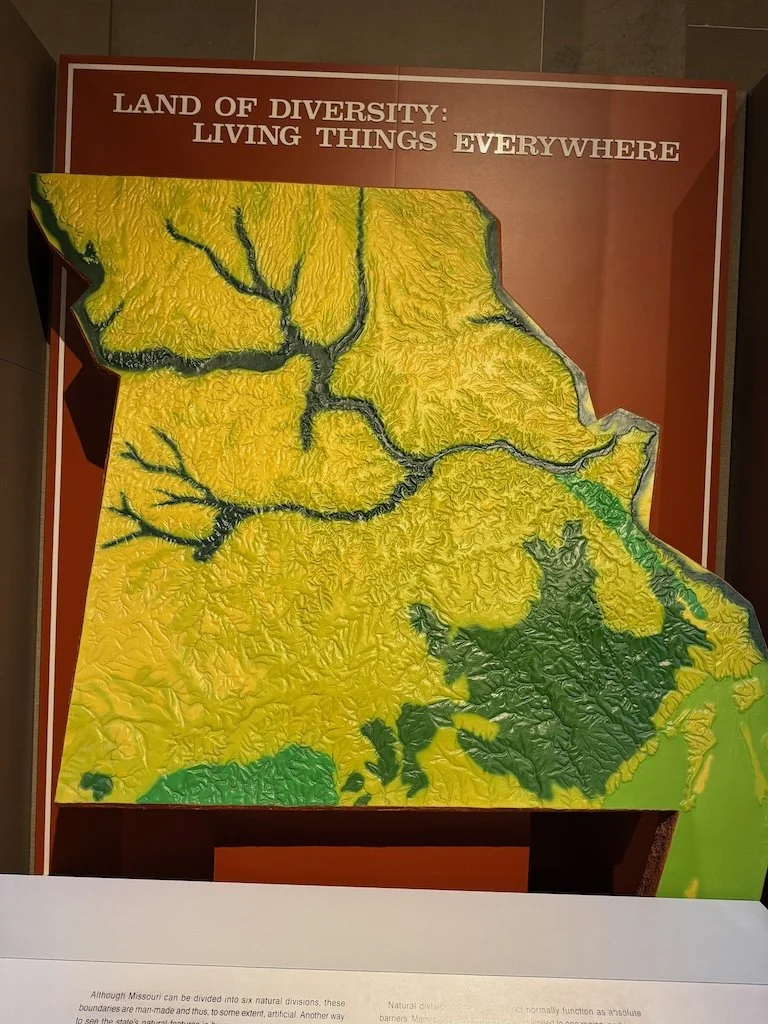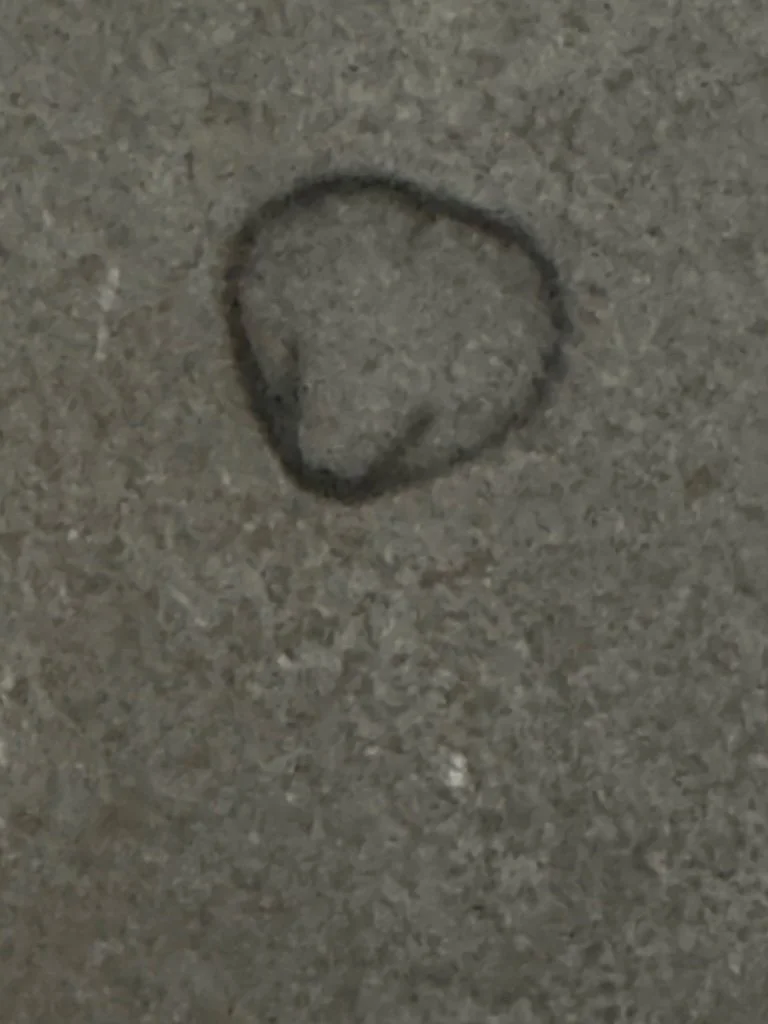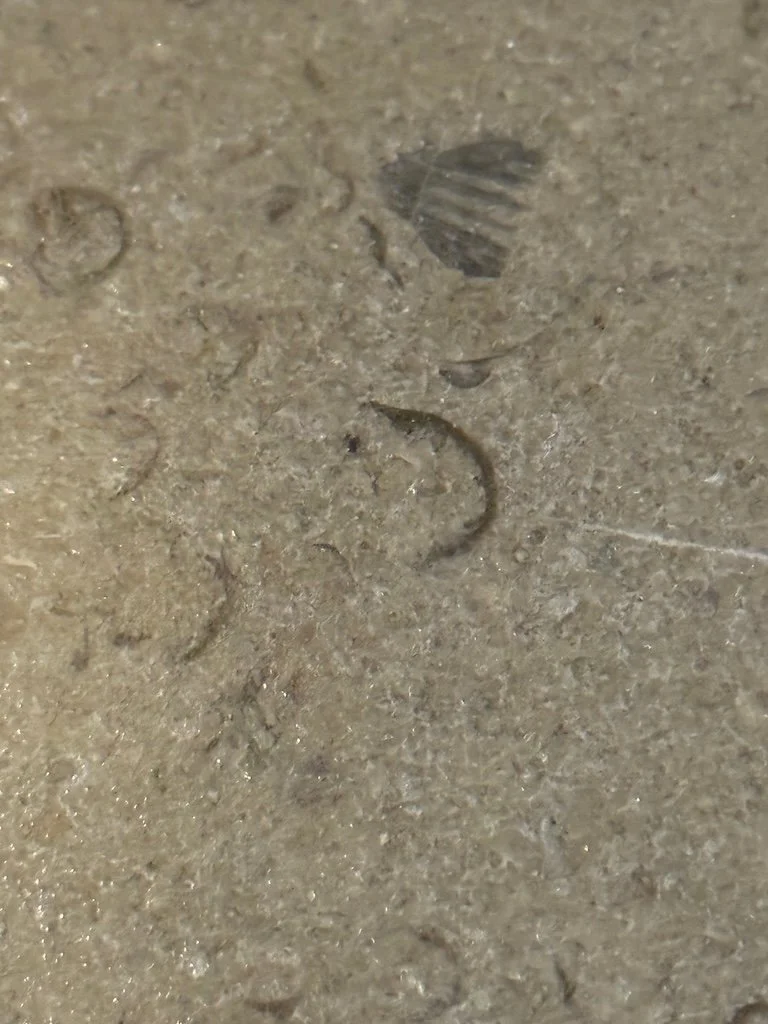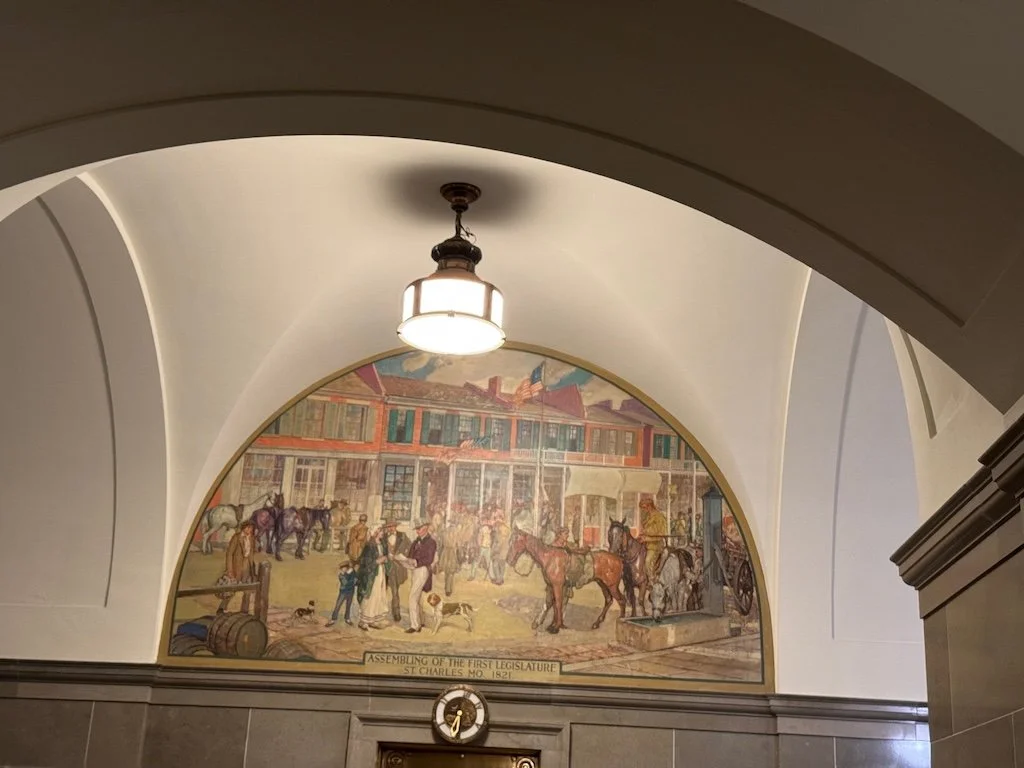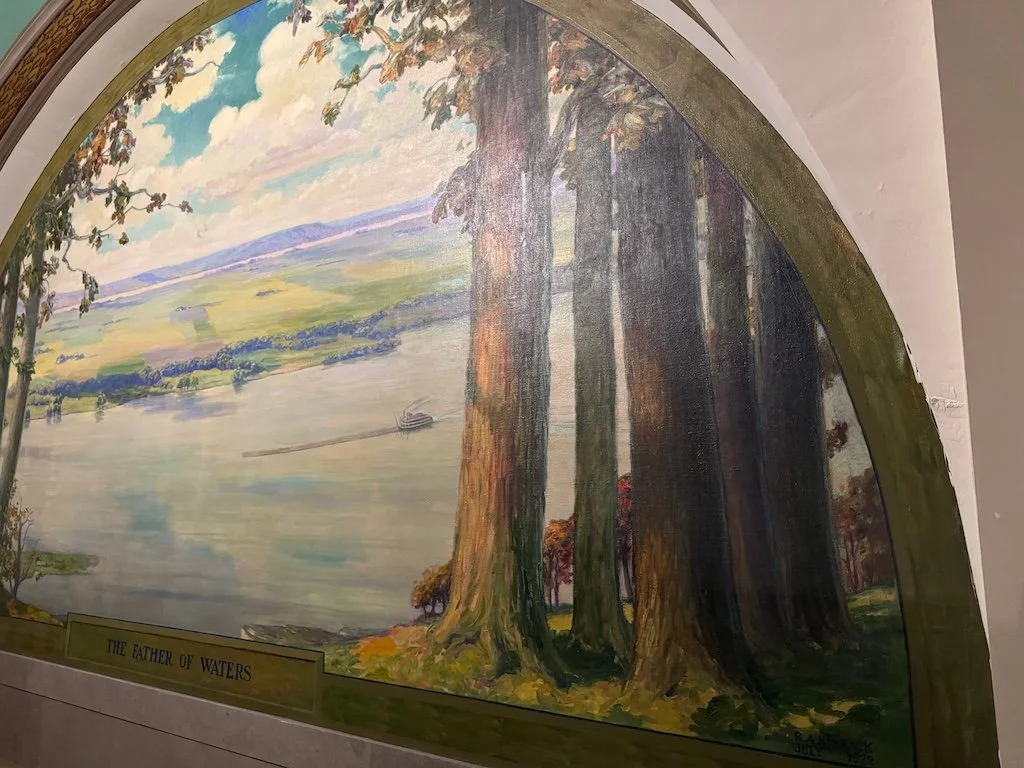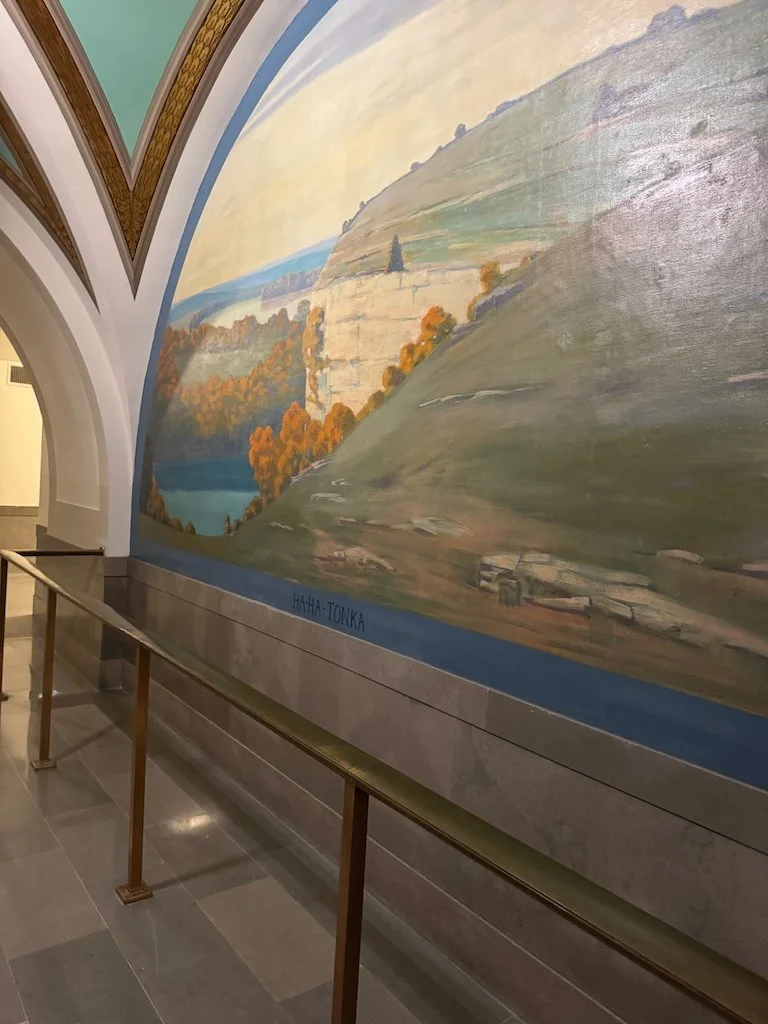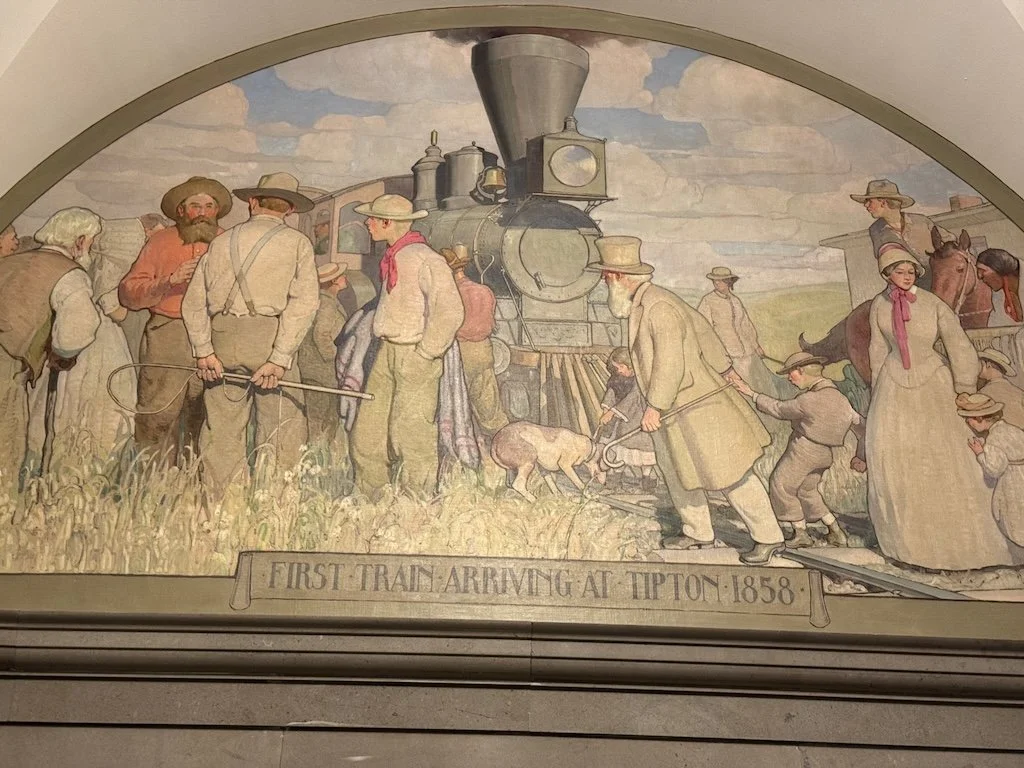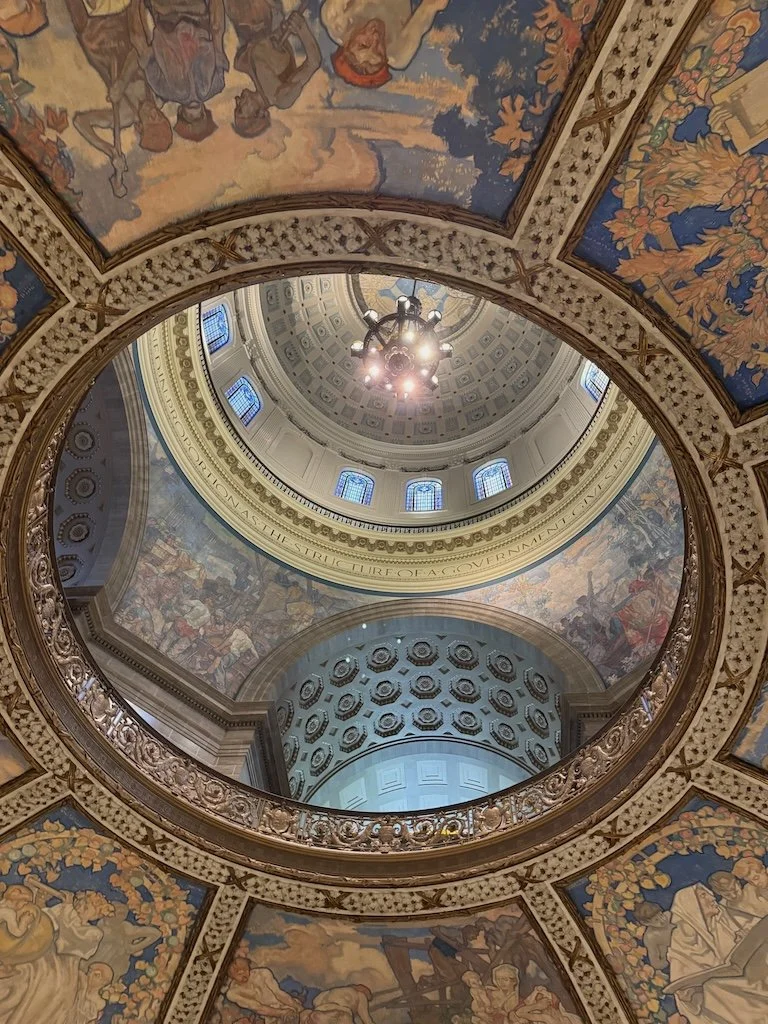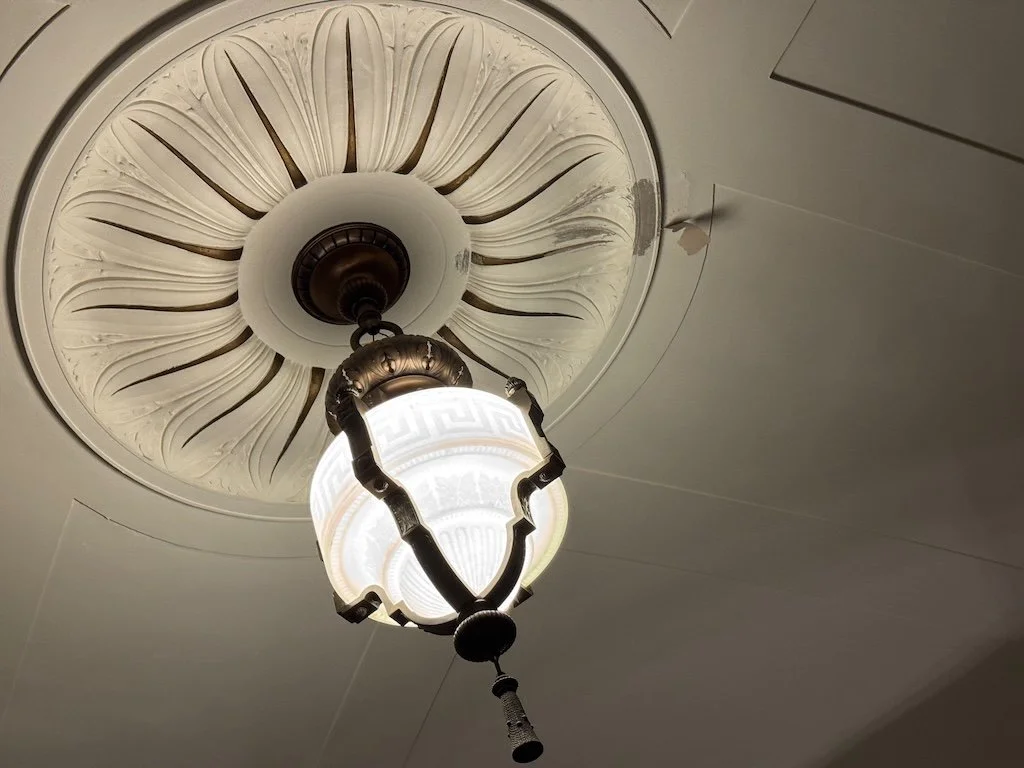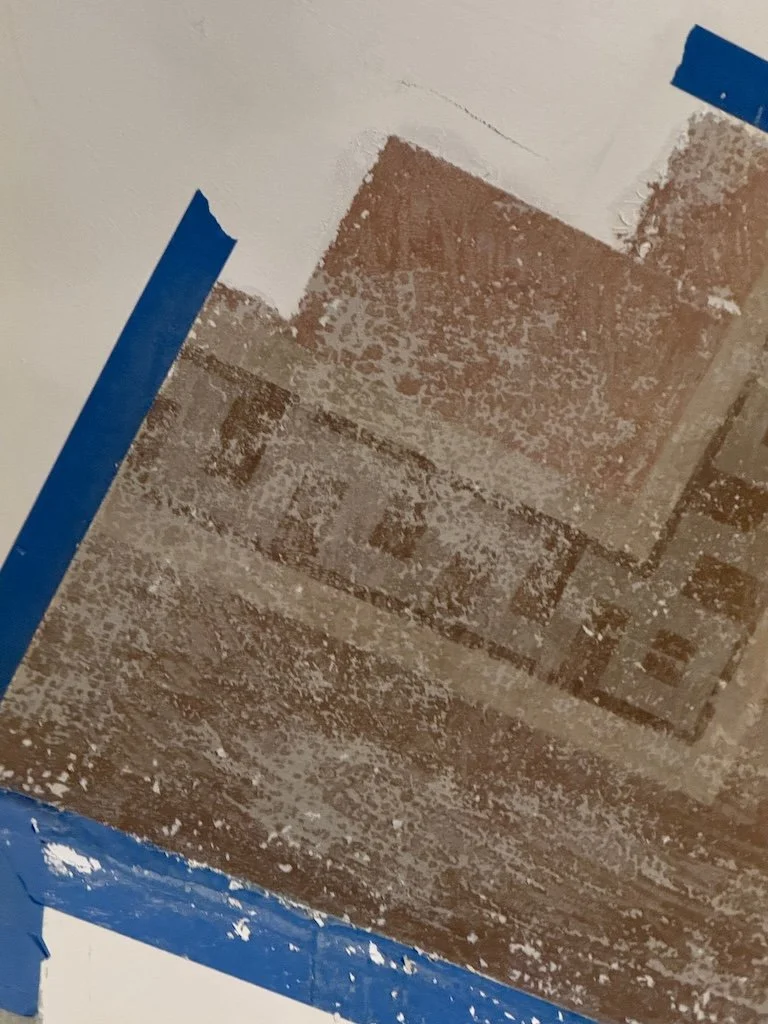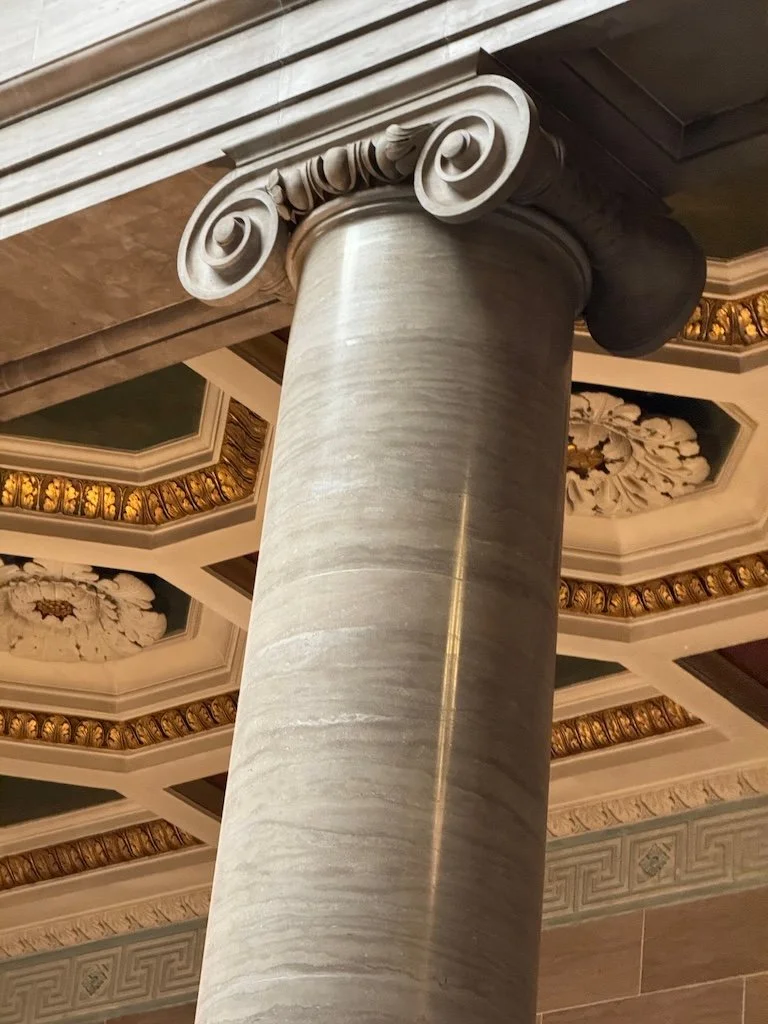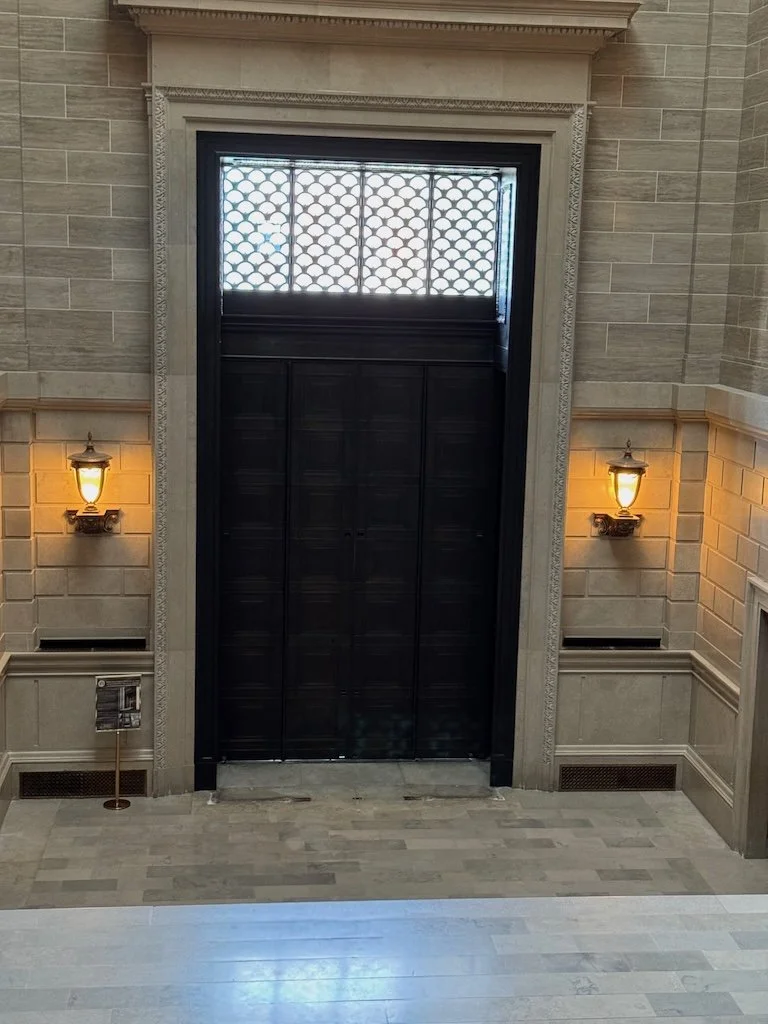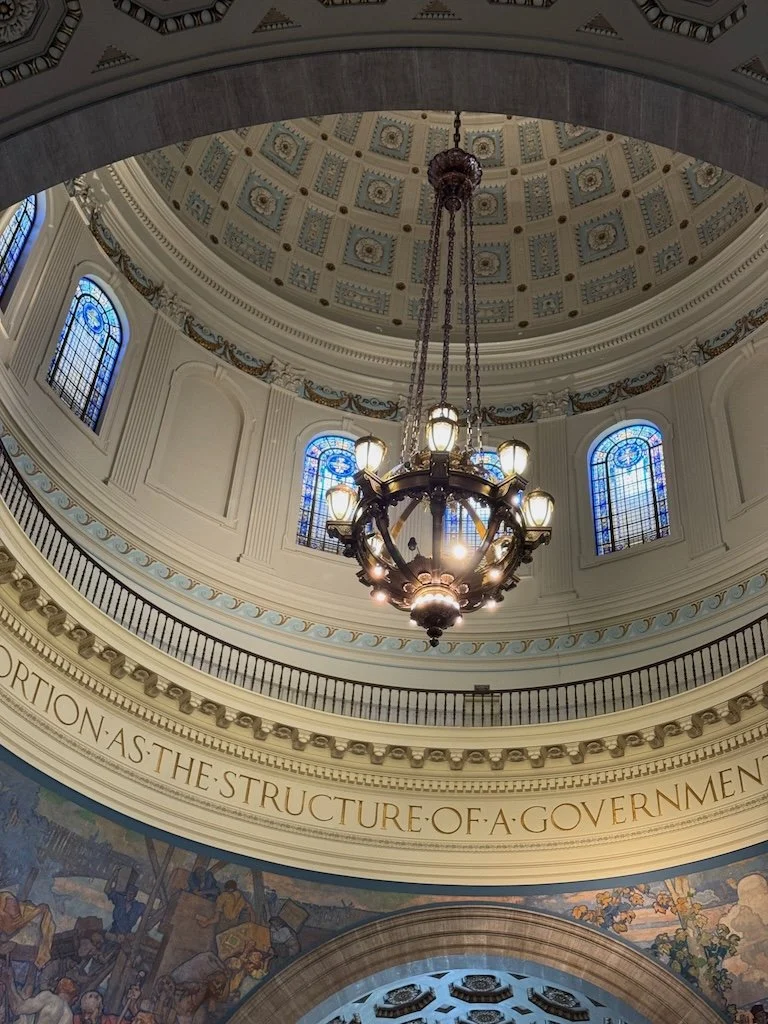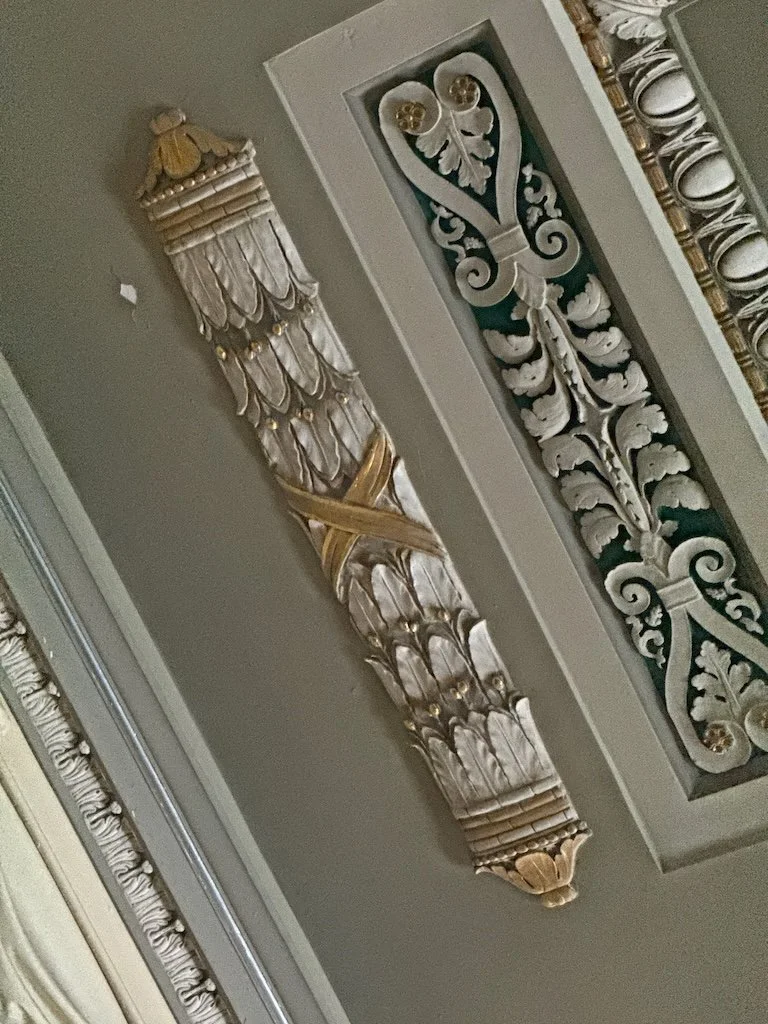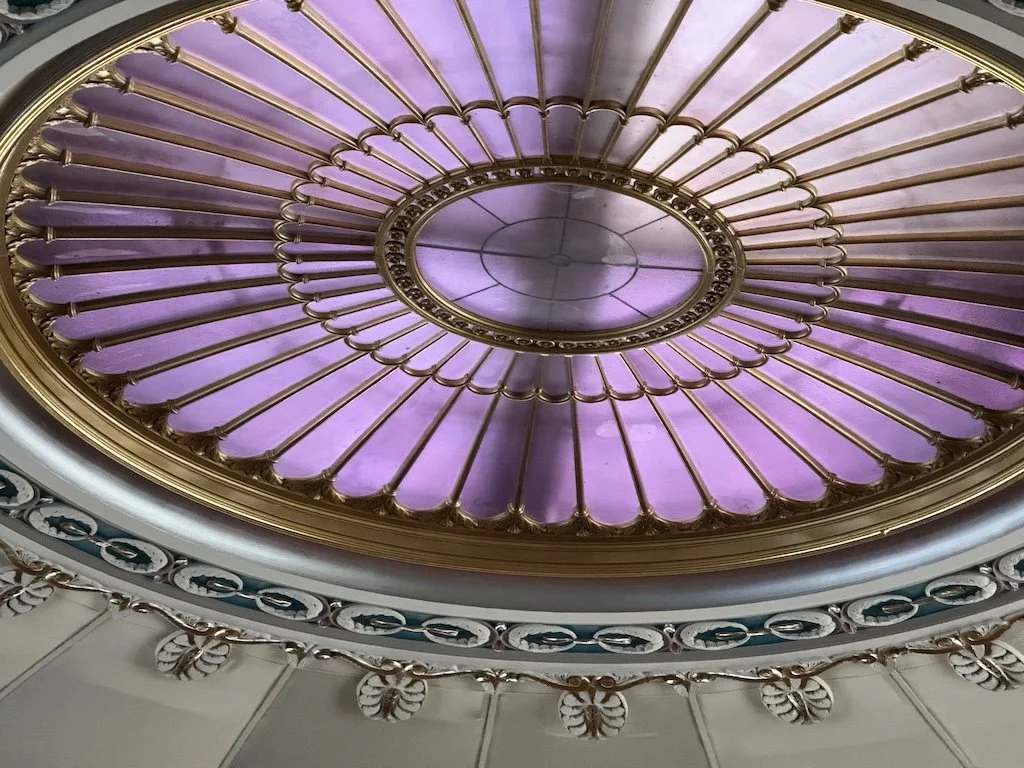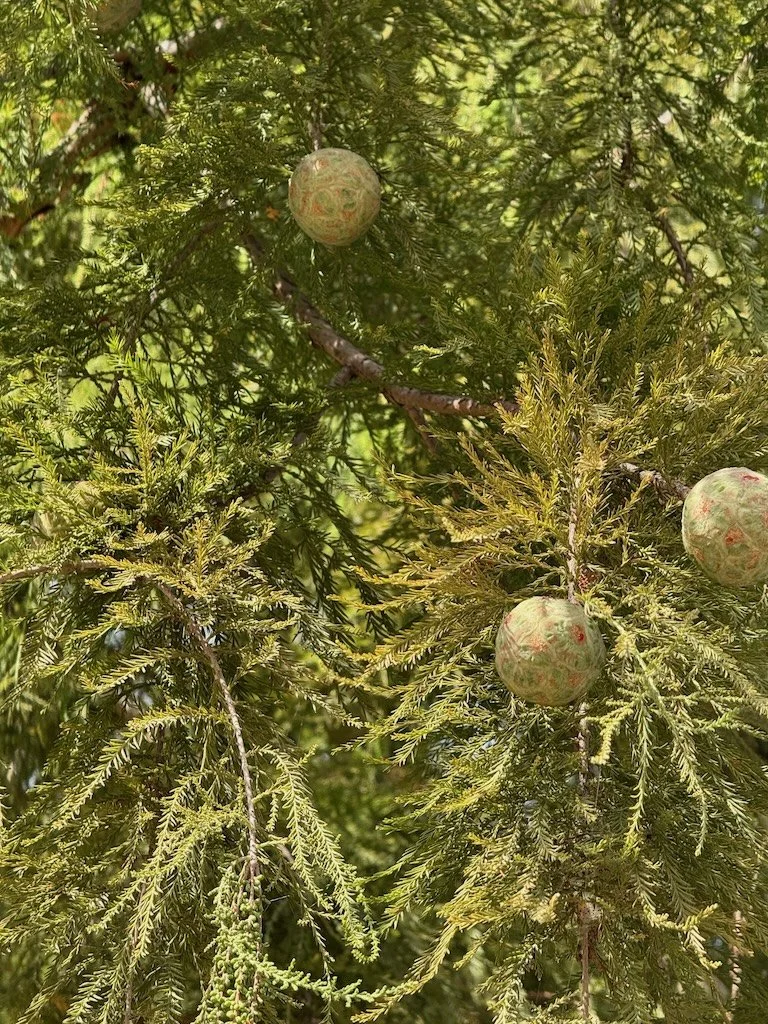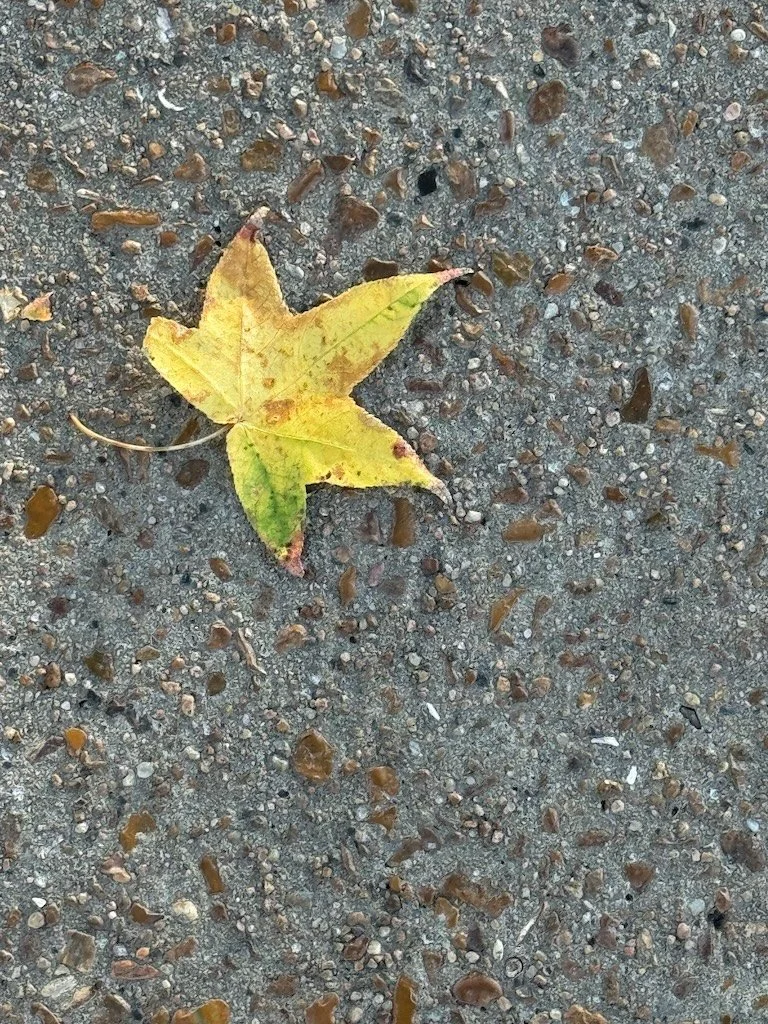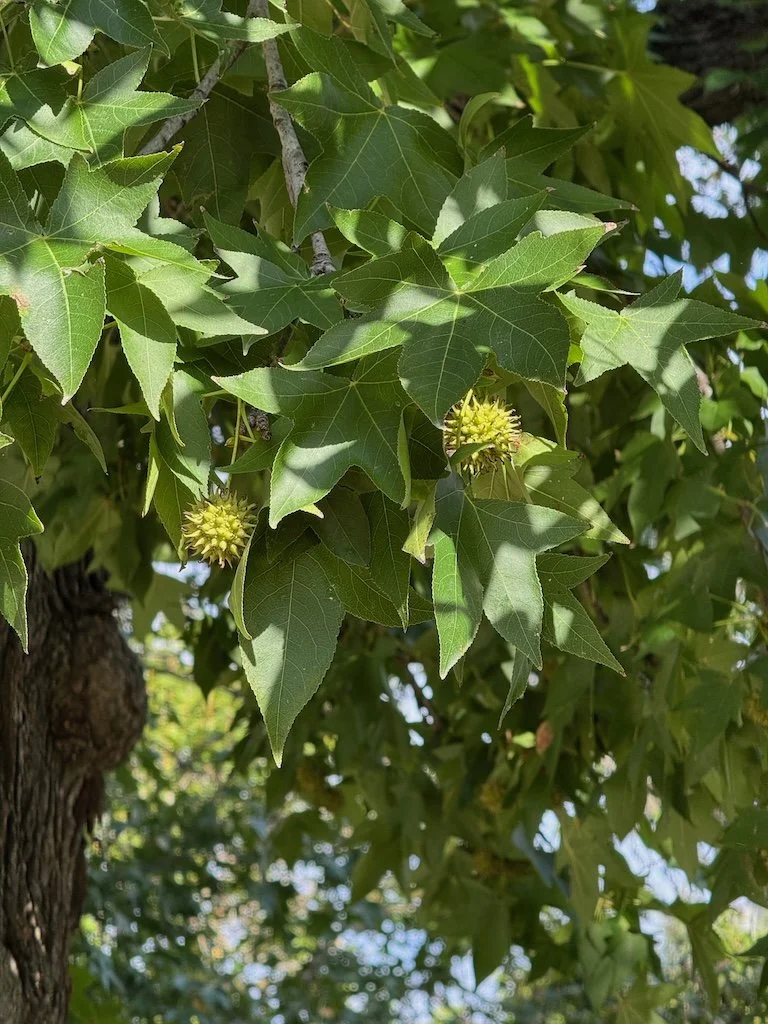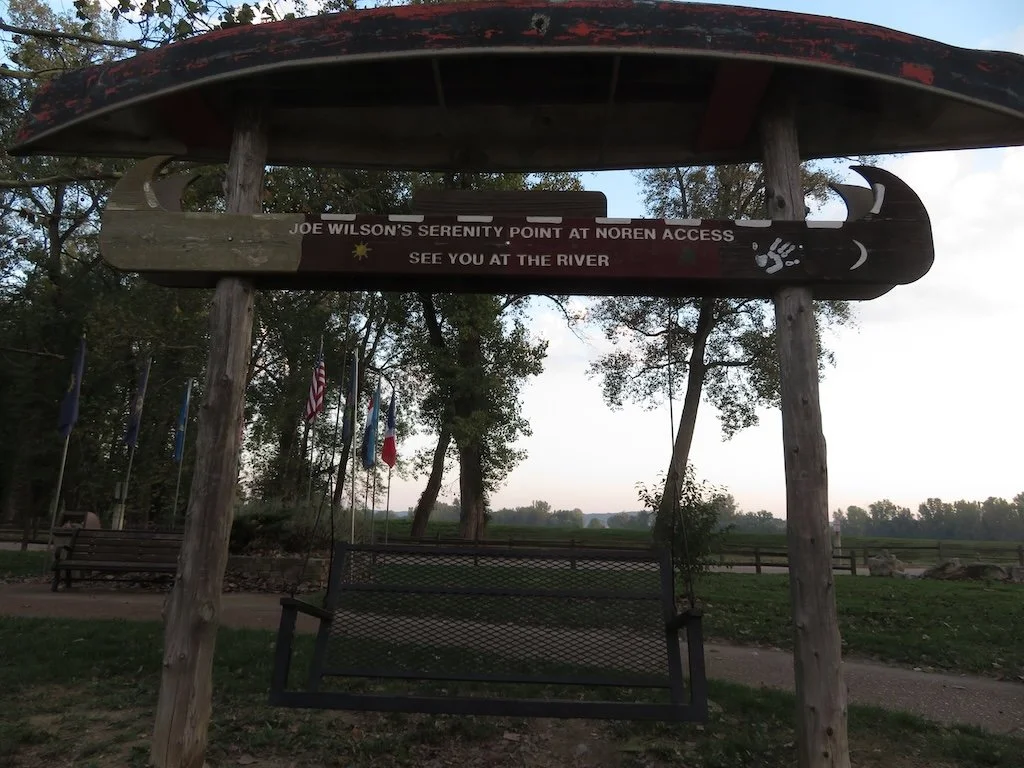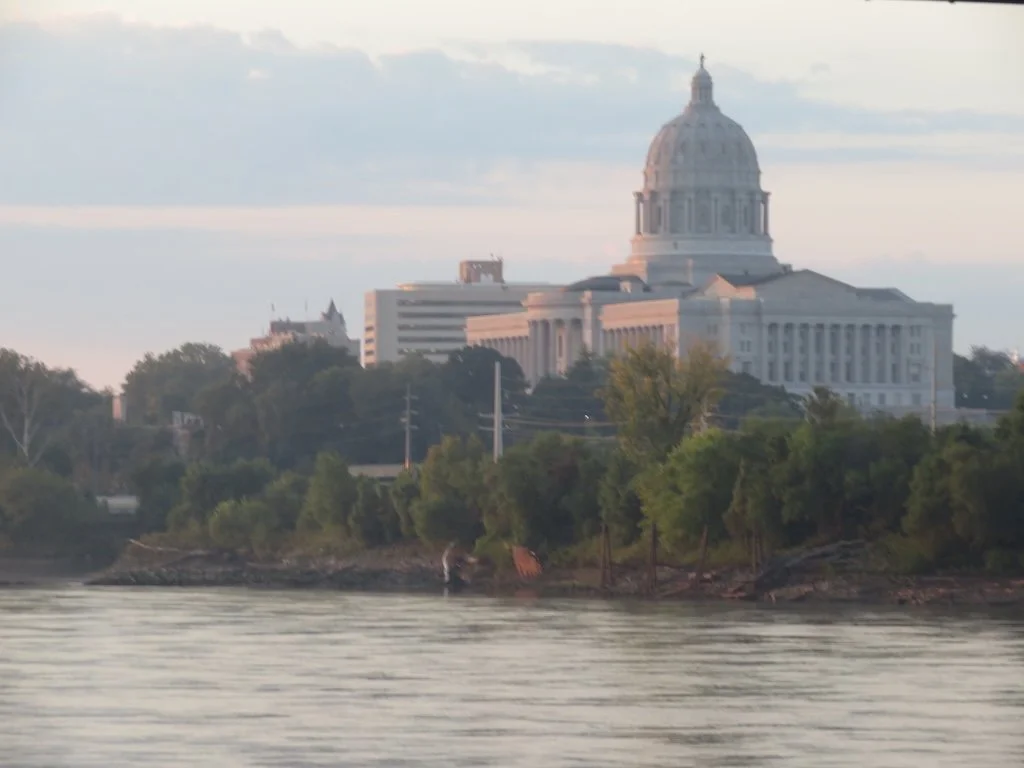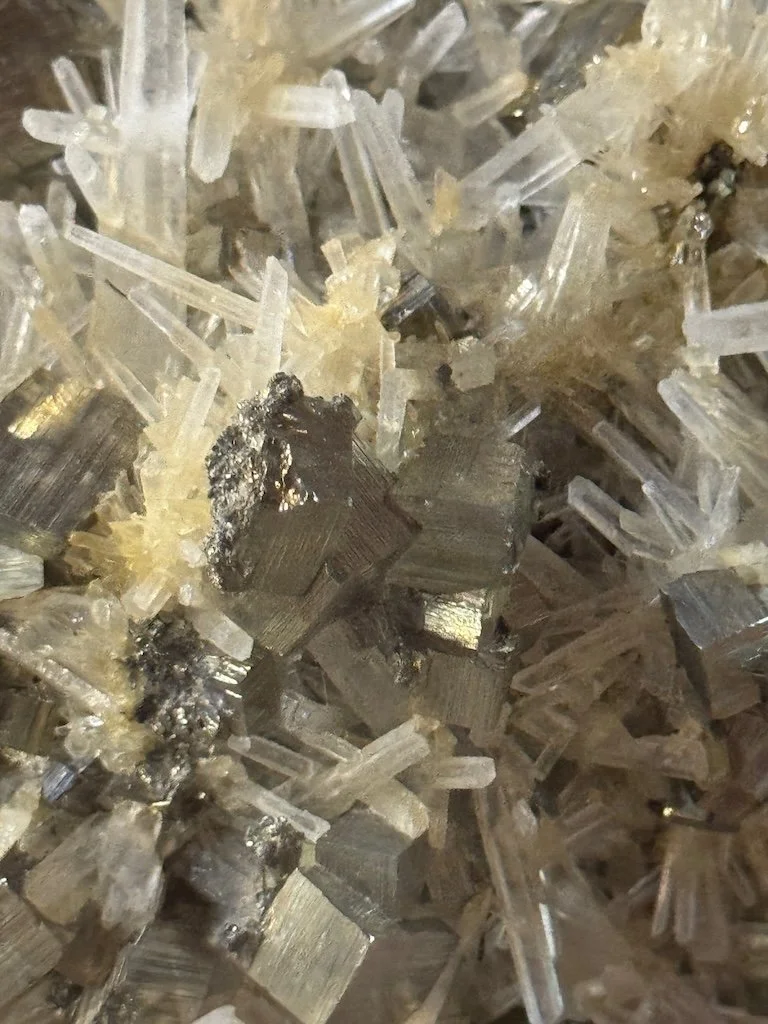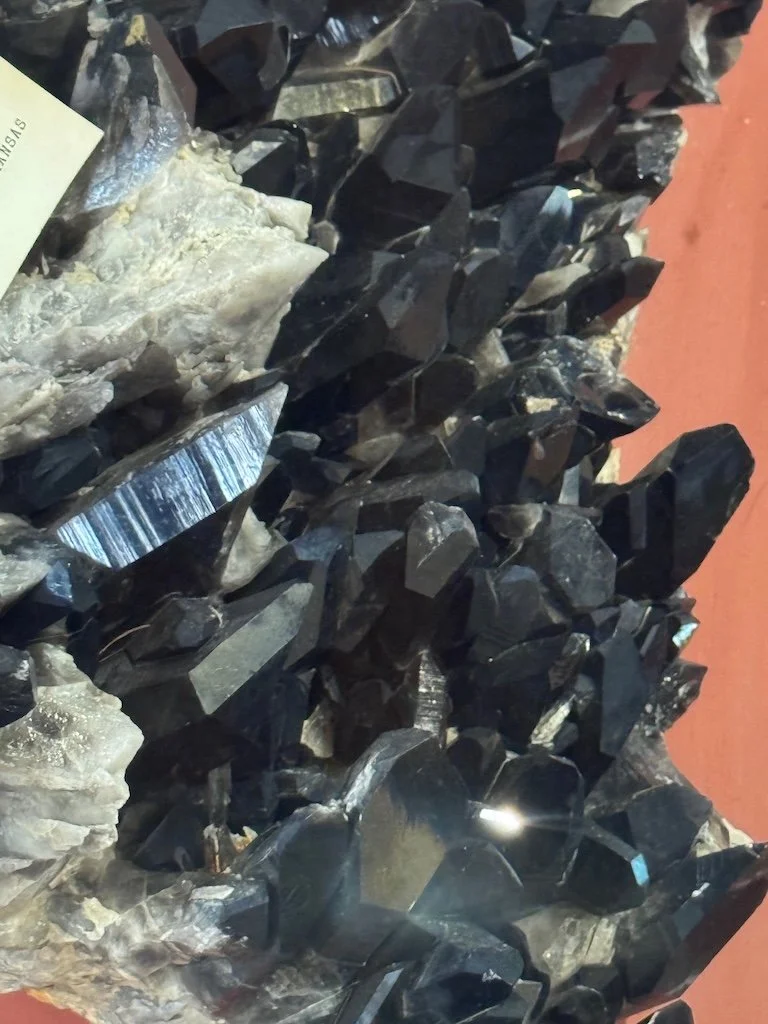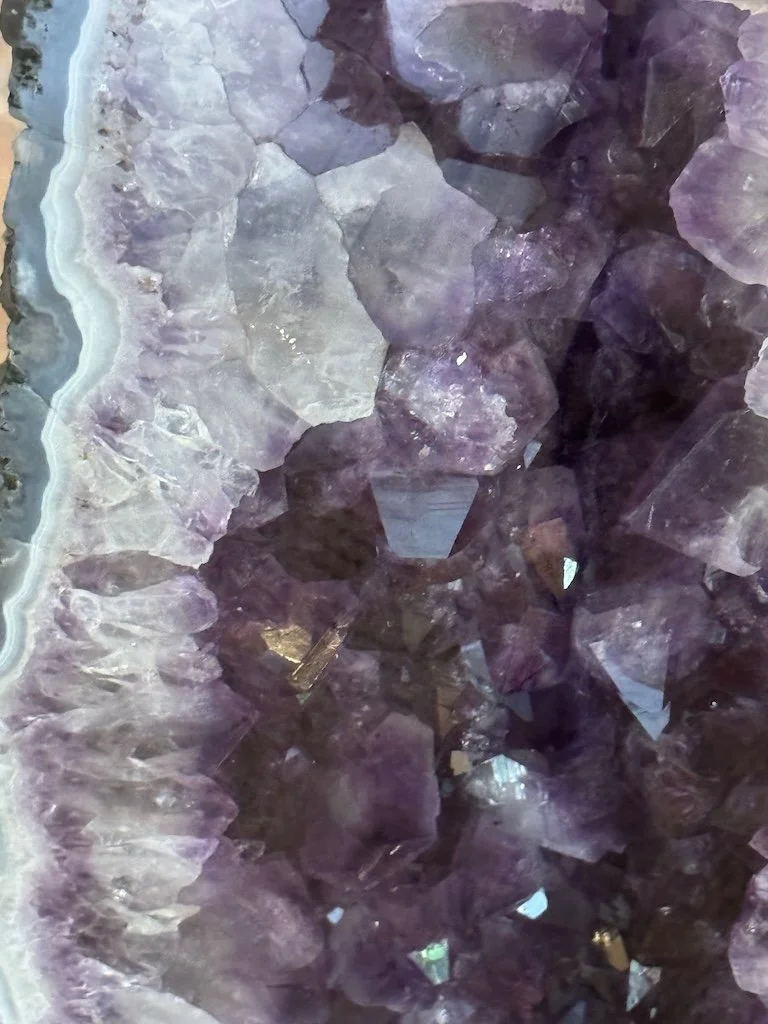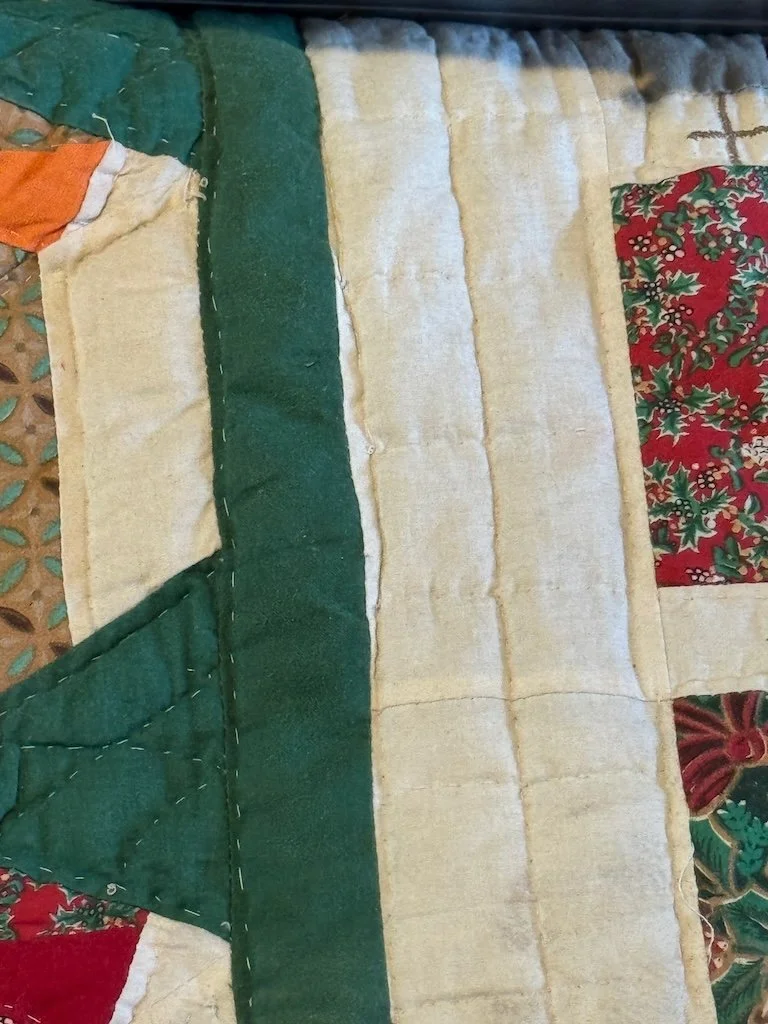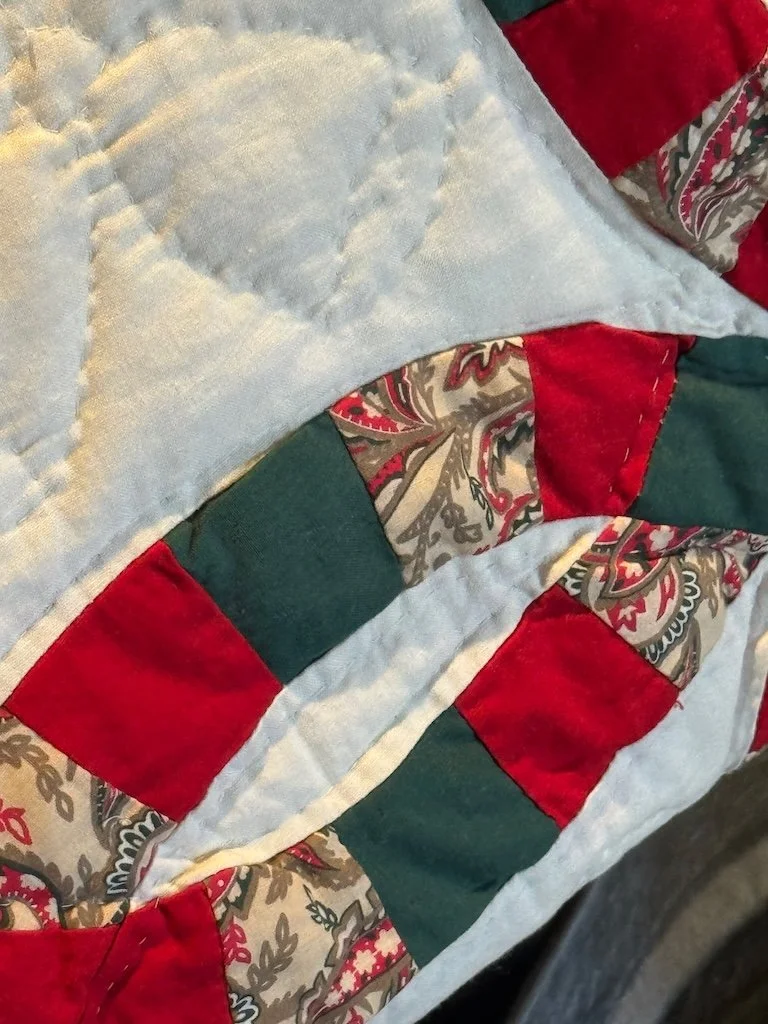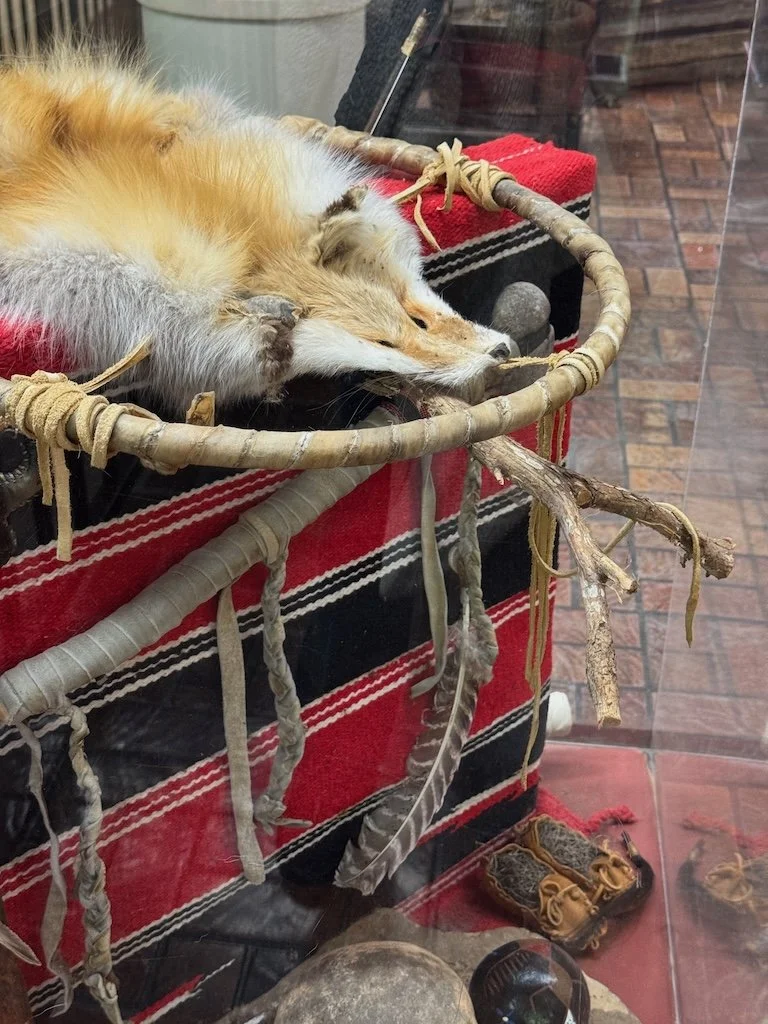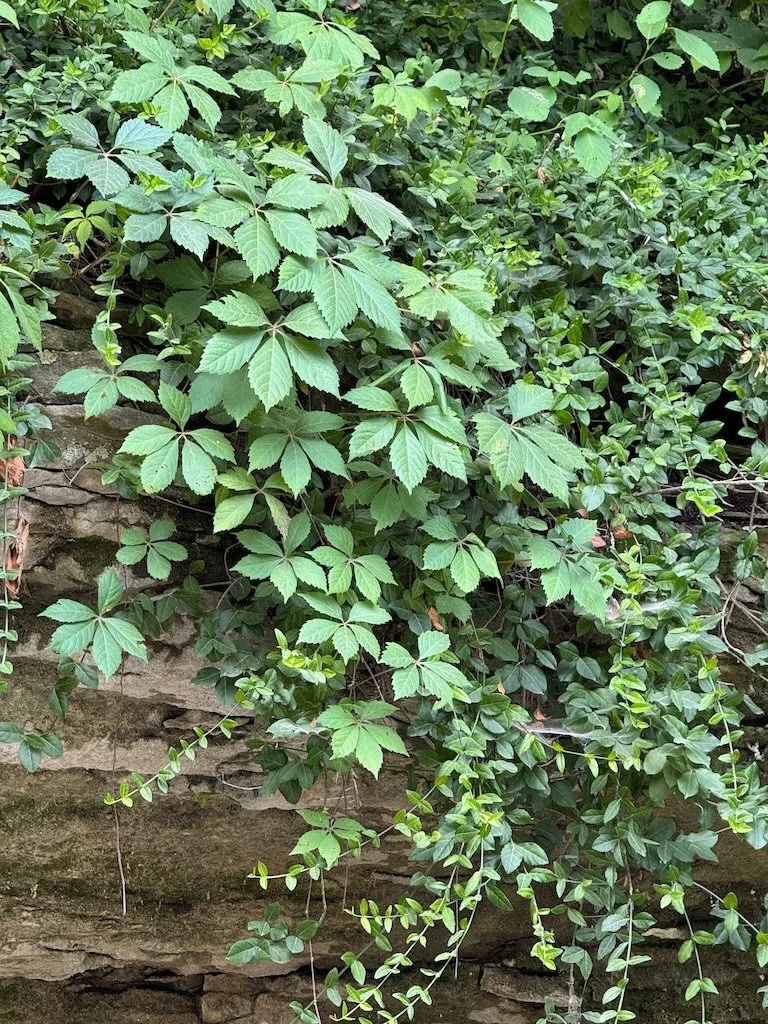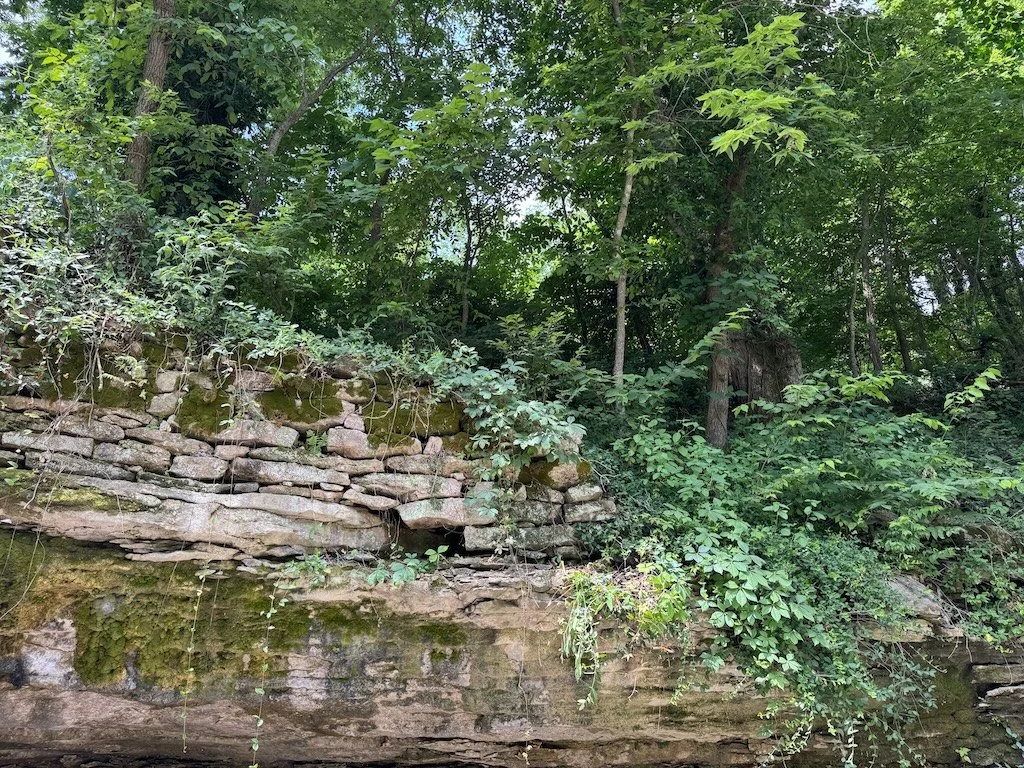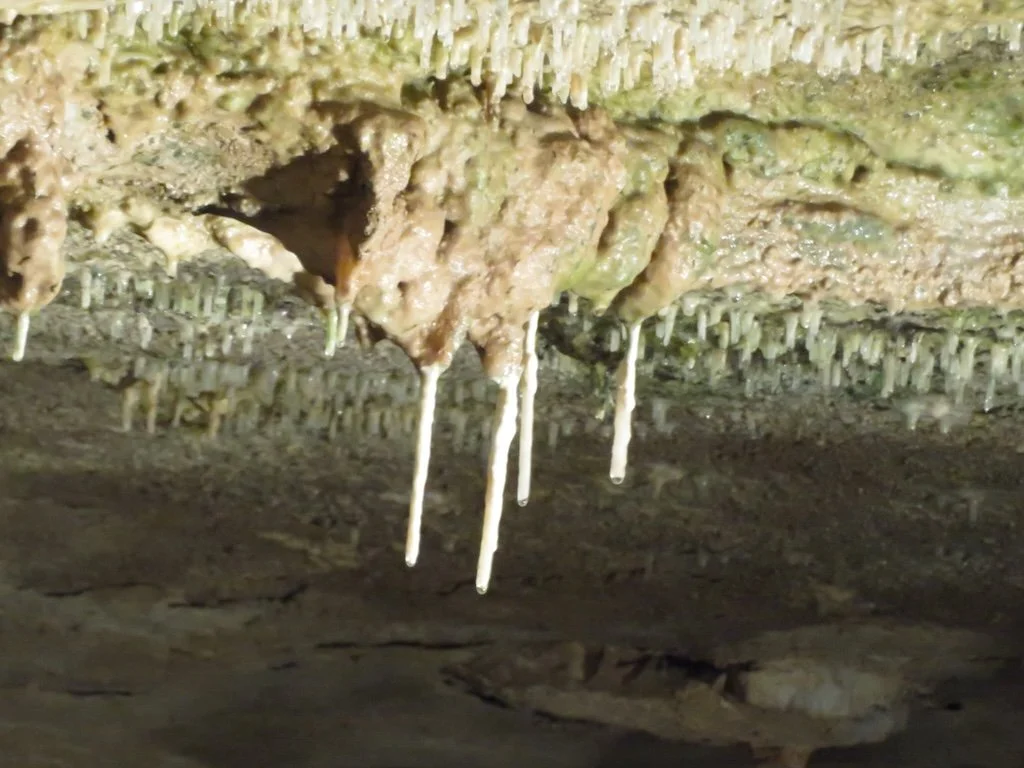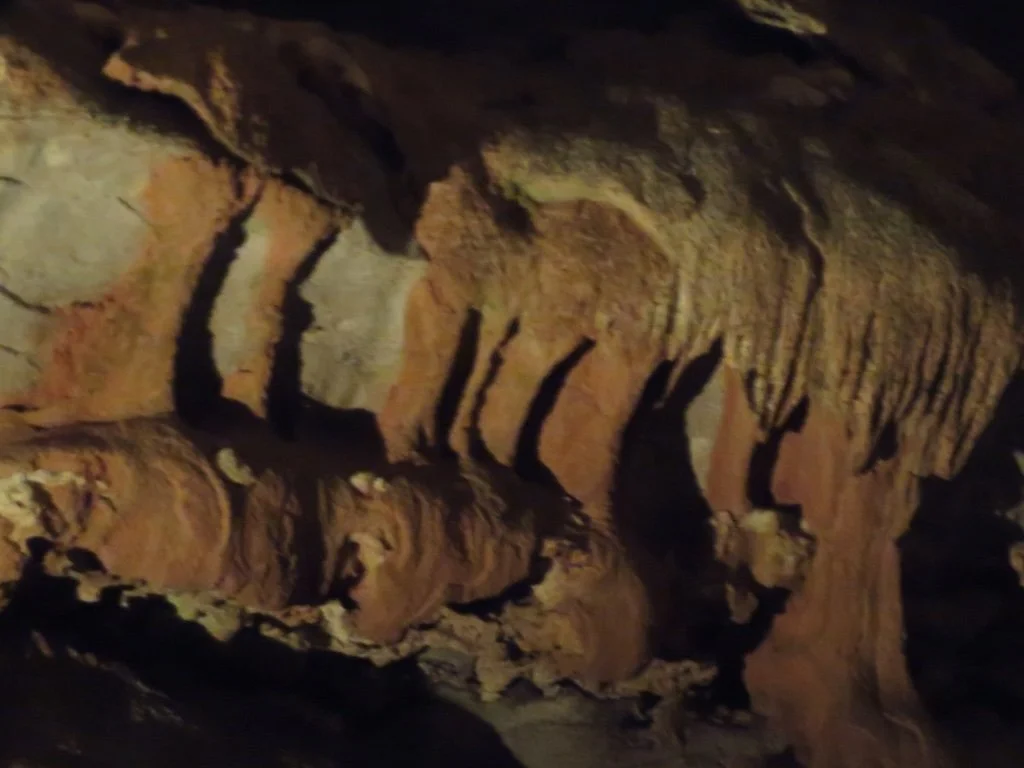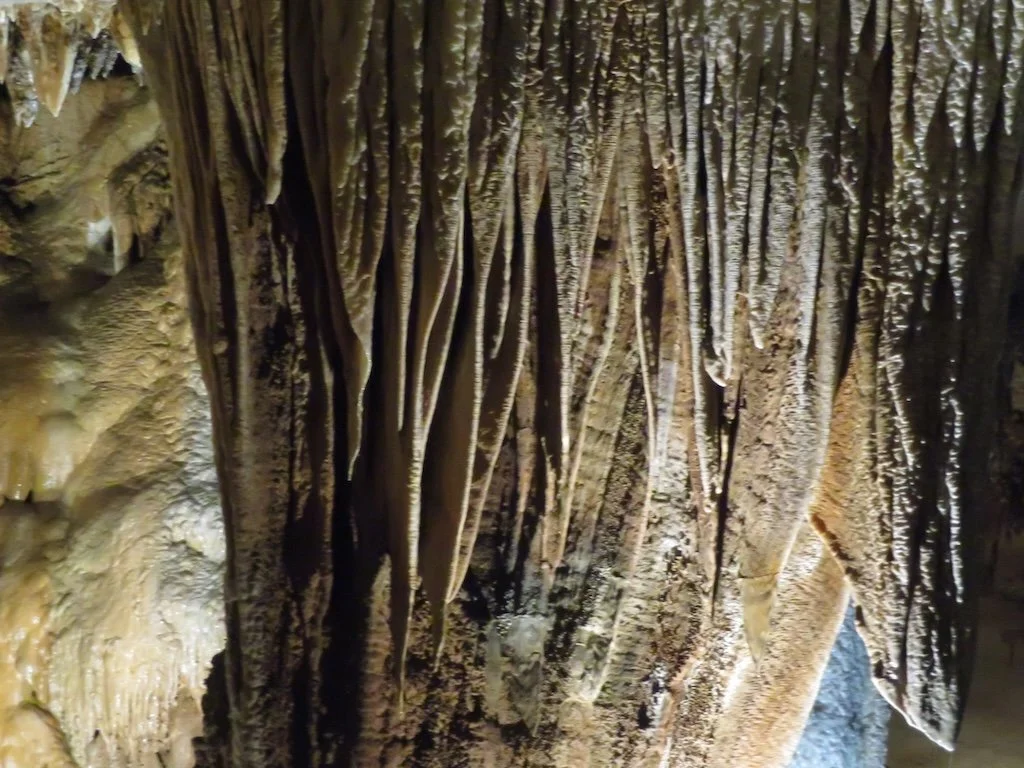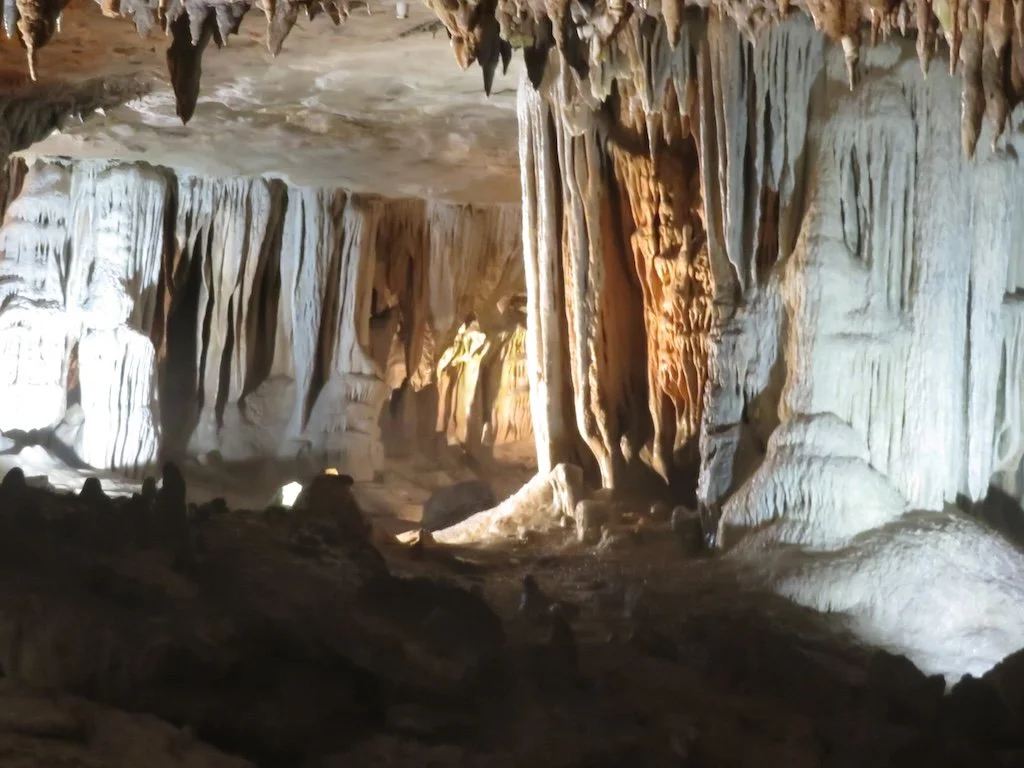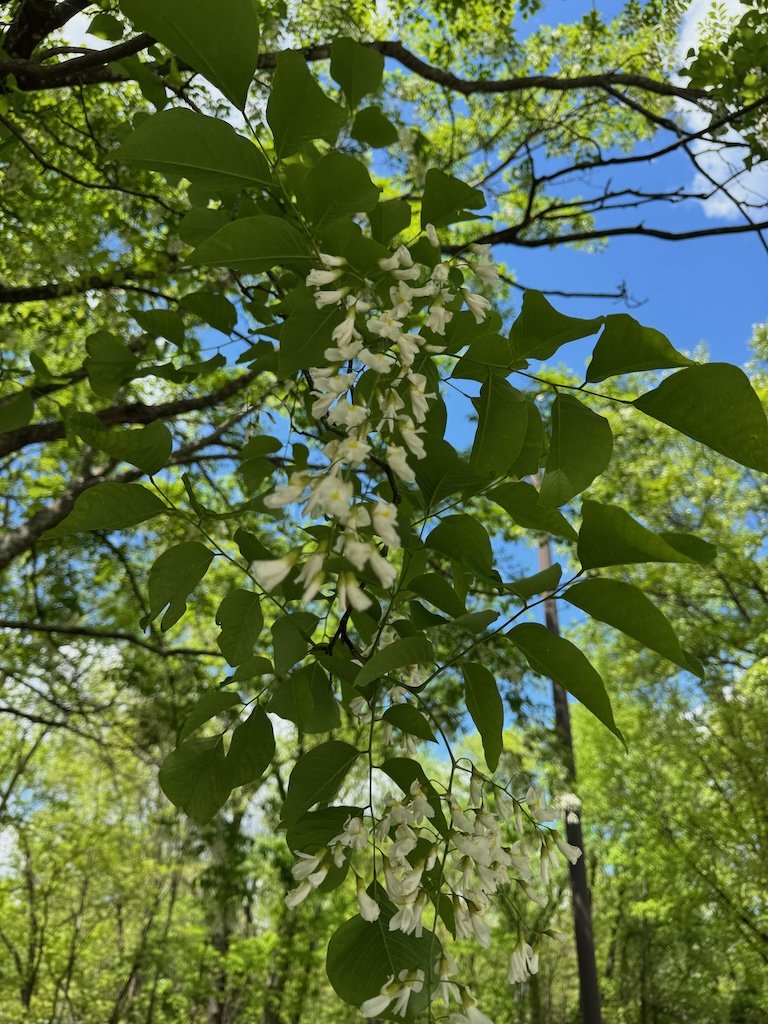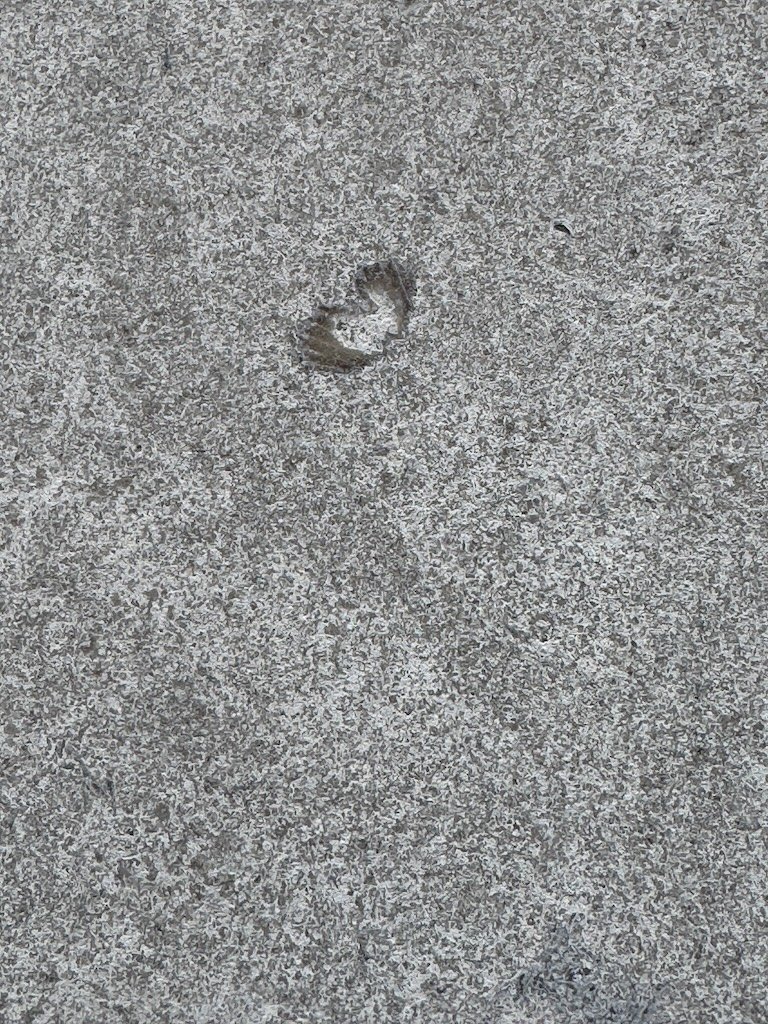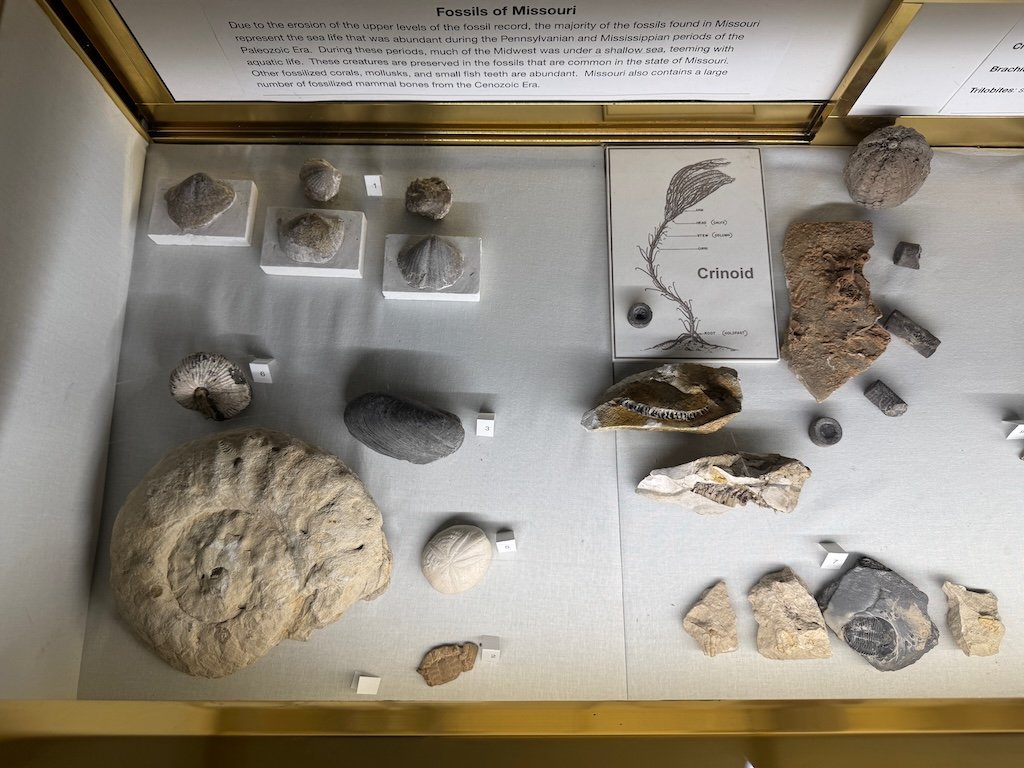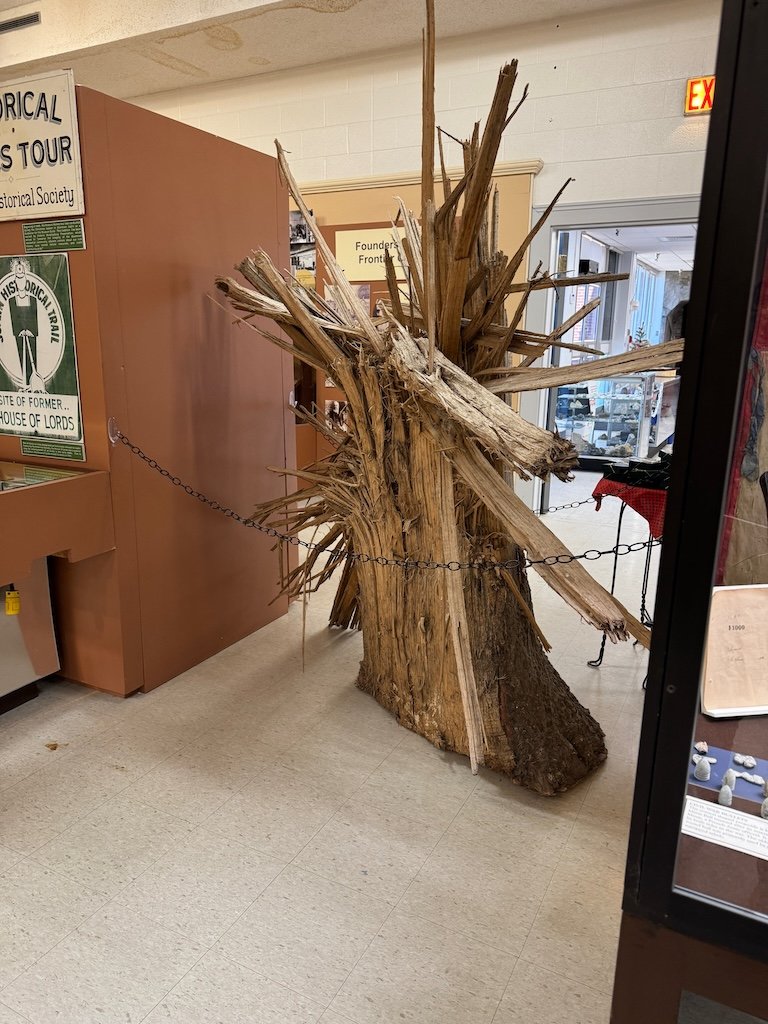The items below were ‘the cream’ of the articles and websites I found this past week. Click on the light green text to look at the article.
Warming Linked to Rising Cancer Rates Among Women in the Middle East - As temperatures in the region rose, so did cancer rates in Qatar, Bahrain, Jordan, Saudi Arabia, the United Arab Emirates, and Syria, which are prone to extremely hot summers. Increasingly extreme heat is making air pollution worse, weakening our immune systems, and putting additional strain on hospitals. These and other factors could be driving up the risk of cancer.
90-Year-Old Korean Artist Kim Yun Shin Is Finally Going Global – Creative longevity!
Archaeologists Unearth Two Rare African Figurines in 1,500-Year-Old Christian Burials in Israel - The artifacts are carved from rare ebony wood that originated in India or Sri Lanka. Each figurine features a small hole through which a cord might have been threaded, allowing the owner to wear it around their neck.
When Sears Pioneered Modular Housing - In an early iteration of modular housing, kit homes were sold by companies like Sears and Montgomery Ward in the early and mid-20 century - complete with “all the materials that a kit home purchaser needed to build the home, including at least 10,000 pieces of precut lumber to suit the model of the home, drywall, asphalt roof shingles, carved staircases, and the nails, door knobs, drawer pulls, paint and varnish needed to do the job. Electrical, heating systems, and plumbing materials could also be purchased at extra cost.”
Scientific breakthrough brings CO2 'breathing' batteries closer to reality - Scientists have made a breakthrough in eco-friendly batteries that not only store more energy but could also help tackle greenhouse gas emissions. Lithium-CO2 'breathing' batteries release power while capturing carbon dioxide, offering a greener alternative that may one day outperform today's lithium-ion batteries.
Fitness fight: Native bees struggle against invasive honey bee - High densities of European honey bees could be harming Australian native bees' 'fitness' by reducing their reproductive success and altering key traits linked to survival. Has this happened in North America as well?
Ancient pollen reveals stories about Earth’s history, from the asteroid strike that killed the dinosaurs to the Mayan collapse – Missouri rocks: When an asteroid struck Earth some 66 million years ago, the one blamed for wiping out the dinosaurs, it is believed to have sent a tidal wave crashing onto North America. Marine fossils and rock fragments found in southeastern Missouri appear to have been deposited there by a massive wave generated by the asteroid hitting what is now Mexico’s Yucatan Peninsula. Among the rocks and marine fossils, scientists have found fossilized pollen from the Late Cretaceous and Early Paleocene periods that reflects changes in the surrounding ecosystems. The pollen reveals how ecosystems were instantly disrupted at the time of the asteroid, before gradually rebounding over hundreds to thousands of years.
A New, Shape-Shifting ‘Flapjack’ Octopus Has Been Discovered in the Deep Sea Off the Coast of Australia - The tiny cephalopod grows only about 1.6 inches across, but it can survive more than half a mile beneath the ocean’s surface. During the 2022 expedition, the team used high-tech cameras, nets and sleds to collect samples and snap photographs deep below the ocean’s surface. Many of the specimens they found are thought to be new species.
Fast food, fast impact: How fatty meals rapidly weaken our gut defenses - Researchers discovered the gut protective protein, IL-22, was rapidly depleted in mice after just two days of eating high-fat foods.
Where To Go Caving in the National Park System – Mammoth Cave, Carlsbad Caverns, Wind Cave, Crystal Cave in Sequoia, Jewel Cave, Lehman Caves in Great Basin. I have been to all of them except Crystal Cave and Lehman Caves. Mammoth Cave would be the closest for me to see again.


